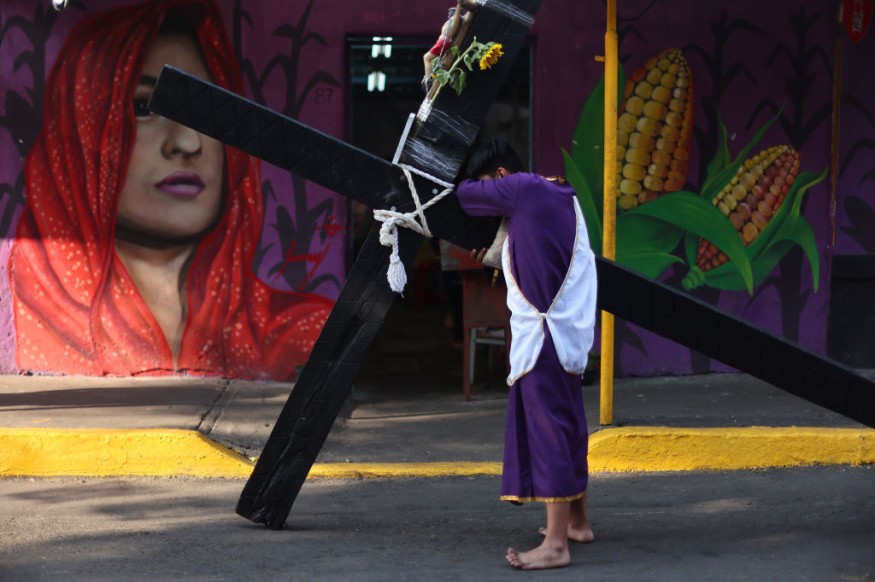Semana Santa in Mexico: The Celebration of Holy Week in the Latin American Country

Semana Santa is considered to be one of the most important holidays in celebration of the Catholic faith. Countries with a predominantly Catholic population, such as El Salvador, Spain, Colombia, and Mexico, usually observe Semana Santa, making this religious holiday an important cultural trademark in these countries.
During Holy Week, schools and businesses are usually closed. Easter is celebrated in Mexico over the course of two weeks.
Holy Week, or Semana Santa, is the first week or the week before Easter. The second week, or the week after Easter, is called Semana de Pascua.
According to Journey Mexico, many Mexican families also go on holiday during Semana Santa and Pascua, which starts on Easter Sunday and ends the following Saturday.
Semana Santa in Mexico
Semana Santa is a seven-day reflection for devout Catholics and a reenactment of the moments leading up to Jesus's crucifixion and resurrection.
Tourists visiting Mexico during Semana Santa can expect roadblocks due to the processions. People also attend the mass throughout the week, with reenactments of Jesus' capture and resurrection, according to Bookaway.
Churches in Mexico have a generic way of celebrating Holy Week. However, some areas of the country have a unique way of commemorating the religious holidays.
In Oaxaca, Mexico, visitors can witness intricately woven palm leaves hung on doors on Palm Sunday to people coming out of the church. Oaxaca City has a practice of visiting seven churches during Maundy Thursday.
Visitors can also join locals on Holy Monday by traveling to the small town of Zapotec village. Another unique Semana Santa tradition includes making paper-mâché dolls, with complete paint and clothing, practiced in San Miguel de Allende.
After creating those, people set the dolls on fire, usually through a firework display. Spanish invaders used to burn Judas dolls, which is believed to be where the tradition came from.
San Miguel de Allende's residents sometimes set fireworks to political figures they disagree with.
Holy Week Traditions and Easter Sunday
Another popular tradition across Mexico is to break colored eggshells filled with confetti with friends and family.
The Holy Week also has other practices, such as part of reenactments like physical torture. It also includes public displays of ridicule, whether political or social.
Devout Catholics inflict pain on themselves through whipping or carrying large religious objects to show their faith.
Other practices leading until Easter Sunday include not eating meat. Easter in Mexico is also part of the celebration of Semana Santa, albeit in a brighter tone.
Easter reflects the resurrection, the start of Spring, and new beginnings. During this time, Mexican families usually travel to beach destinations such as Acapulco and Puerto Vallarta.
Some of the usual Easter food in Mexico include empanadas and authentic Easter dinner through the use of nopal, Barcelo reported.
Eating red meat during Lent is discouraged, making seafood popular, which is usually served in tacos and salads.
This article is owned by Latin Post.
Written by: Mary Webber
WATCH: Así Celebran Semana Santa en México - From Univision Noticias
Subscribe to Latin Post!
Sign up for our free newsletter for the Latest coverage!
© 2025 Latin Post. All rights reserved. Do not reproduce without permission.














